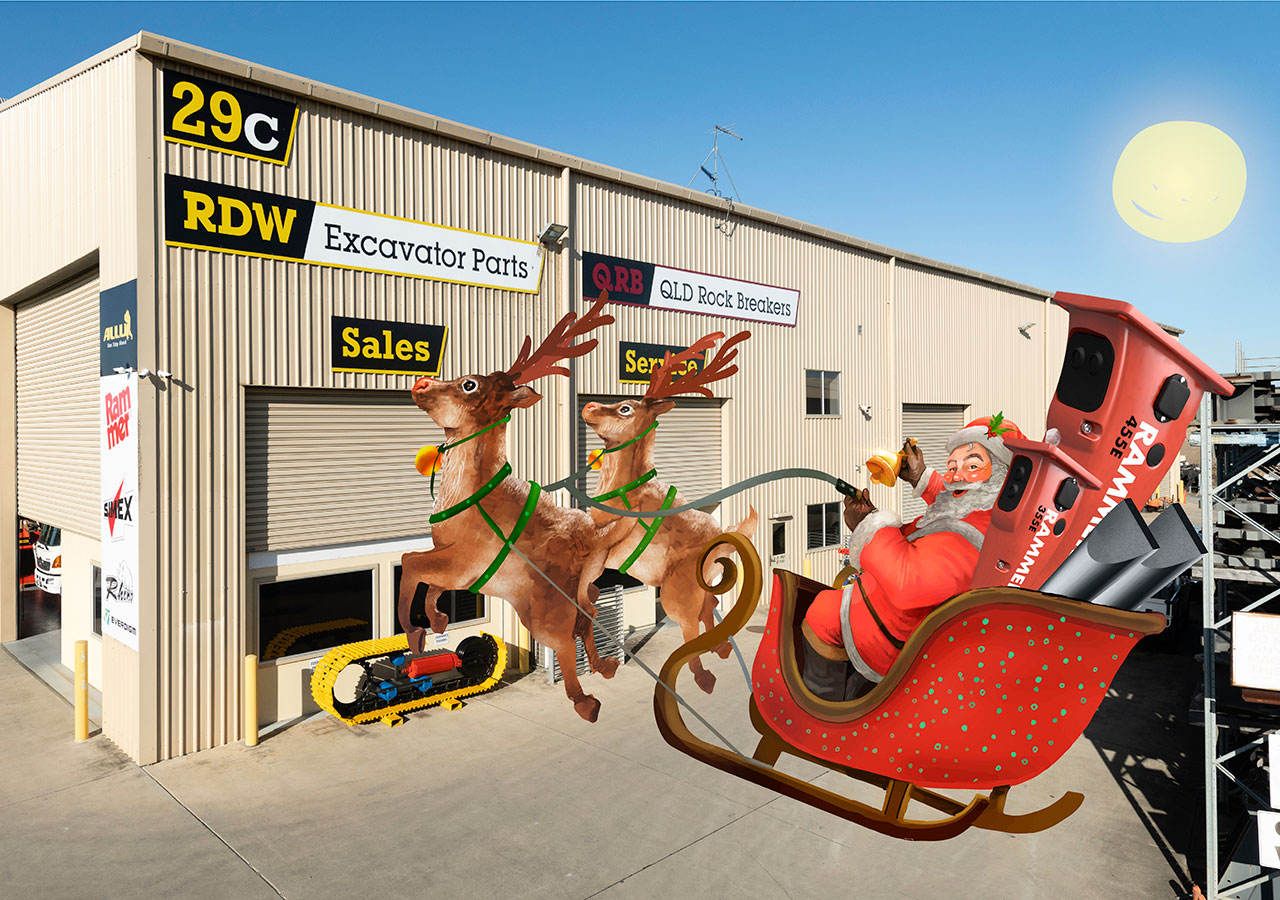Why are customers increasingly asking us for new replacement parts, even when we can supply the original equipment manufacturers’ part?
Contrary to what some OEM’s will say, there are two main reasons for customers making this decision, and they are at the foundation of why our business has continued to grow since 1988, and they both come down to saving you money:
- Product Improvement
- Reduced total cost of ownership
And in many cases, a combination of both reasons. Let me explain each in more detail.
Product Improvement
Why are you needing to buy the part you are after? Simple: what was on your machine originally has either failed or worn out. Over all our years in business, we have therefore learnt what the weak points are on a particular machine, and then sourced or developed suitable parts to reduce these weaknesses. By understanding why the part requires replacement, the new replacement part can be designed differently, or use materials more suited to the use.
As an example, our supplier for dozer idlers is an American company founded by a gentleman who was employed by Caterpillar Inc for 10 years before starting a Caterpillar dealer joint venture undercarriage remain operation. After running that business for 20 years and growing it into the largest undercarriage rebuild centre in North America, he established his own business. With lessons learned as an expert in this field, he re-engineered idlers and other undercarriage components for all brands of bulldozers by making product improvements.
Reduced total cost of ownership
This point is not only about purchase price, in fact, often the cheapest price doesn’t give the lowest cost of ownership. Total cost of ownership encompasses both direct and indirect costs. In Australia, giving consideration to the indirect cost is more important than most other places in the world because one of the highest costs we have in business is labour costs. Using Ground Engaging Tools (GET) as an example, the cost of the time required to replace for instance a grader edge comes close to the cost of the part itself. That is why we offer edges with special treatment, because it increases the life of the edge when fitted, hence it doesn’t require replacement as frequently.
Purchase Price
Purchase price can however be a factor. It sounds simple enough, right? Lowest price is best?
From the above arguments on product improvement and reduced total cost of ownership, you can see reasons why that’s not the case. However, if the overall machine you are repairing is quite old, a genuine new or even a rebuilt component may exceed the value of your machine. Looking at good used is then a good option.
Using this same philosophy related to providing the best value for money, we have identified products where the original equipment manufacturer is simply charging too much compared to the cost of producing a particular item. For example, many of the nuts and bolts, hydraulic parts and other products we supply are from the same suppliers that the OEM is supplied by. So why are these products less costly from RD Williams? We can supply it cheaper for several reasons;
1. We run a lean and efficient business, with much less overheads and tight cost control.
2. We buy direct from the factory. OEM’s take a margin at each step of the process (overseas parent company, local parent company, and then local dealer)
We also identify niches. One example of this is the market for excavator buckets and attachments. There were premium quality (and hence premium priced) Australian buckets, and cheap (low quality) imported products (usually from China). RD Williams saw an opportunity to therefore provide a good quality bucket at an affordable price. Most companies don’t have the resources available to them to go through the process we did as they purely bring in whatever existing products they can source (which are usually built to lower overseas standards and conditions, where factors such as labour costs and the benefits of quality are much less important). By comparison, we researched the market to find specialist manufacturers for each product (i.e. we use different suppliers within even our bucket range depending on their tooling and expertise). In some cases this has meant that we bring in products from the same suppliers that produce for the OEM (but not all cases, they aren’t always the best option). We tested the product in the field, before launching it. We specified the materials that the product has to be made from, and do unannounced random spot checks at the factory before shipments are sent to check quality. We also have a substantial investment in workshop and other capabilities so that we can stand by everything we supply.
We’ll have more for you in next month’s Newsletter about the importance of where you get your parts from.
Why is business the new provider of social services?
On several occasions in the past, I’ve raised the issue of too much red tape being put on business, adding substantially to cost, and impacting on Australian competitiveness in an increasingly global market.
We just held our annual fire training sessions. This is usually met by staff with a big sigh “not again”, and at least one person nodding off in each session. It’s been done to death for decades now. We have a very good fire training provider, who varies the course so it provides value. But what struck us all at the latest session was that nearly the entire focus was on educating people about the risks outside the workplace. It is no longer workplace fire training, it is community fire awareness paid for by business. When our Governments first implemented the legal requirement for mandatory fire training in 1983, fires at work accounted for 20% of all workplace deaths. Whilst we all wish for it to be zero, this has now dropped to 3%. 80% of all fires are electrical fires. Even in a workplace, just 11% of all fires are related to hot work type activities (yet look at all the paper bureaucracy stifling so many workplaces with permits etc to do this work).
Our fire training cost well in excess of $1,000 per site. There is a need for instance to have warden training, so let’s conservatively say we can reduce the current cost by $500 per site. Just as a very rough calculation, according to ABS, in 2015 there were 2,121,235 actively trading businesses in Australia. Of course many businesses have more than one site, but even assuming just an average $500 saving for each of these business would mean a saving of over $1 Billion dollars per year! To that figure we need to add the cost of lost time at say $50 per hour on average, 1 hour of training (it’s usually more) for the 12 million people in paid employment – which is an extra $600 million.

I’m not saying businesses shouldn’t stay on top of fire safety. But I am saying that our Government is well overdue reviewing why we have requirements for a lot of the bureaucracy we have to work through. Time to look at the cost, compare it to the benefit, and question if we in fact need it at all.
As always, onwards and upwards!
Fred Carlsson
General Manager



